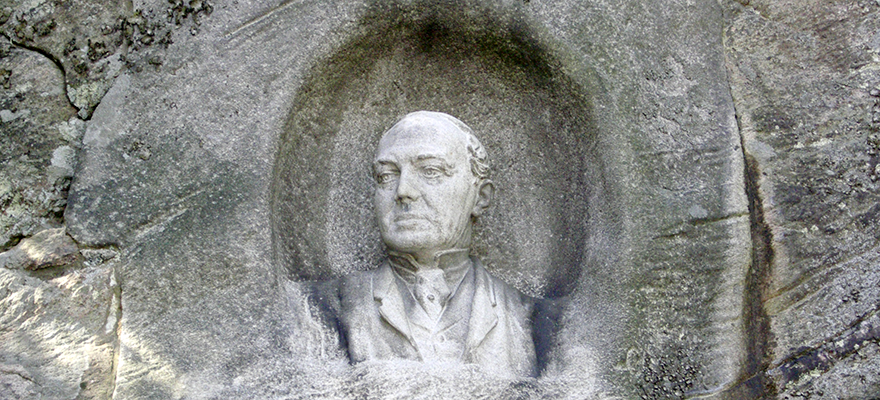
History
The area in which Slottsskogen is located has a long history. In the Middle Ages, the land was part of the old Älvsborg Slott mansion estate, which was used for deer hunting, fruit cultivation and grazing land. It was from here that Slottsskogen derived its name. At the beginning of the 18th century, the middle classes of Gothenburg were allowed to use Slottsskogen for outdoor pursuits.
By 1864, the population of Gothenburg had increased substantially. The County Governor, Albert Ehrenswärd, saw the need for a green area available to everyone in the city. The cause was taken up by August Kobb, at the time a member of the city council. Using Nordic nature as a starting point and deriving inspiration from English parks and the Skansen park in Stockholm, Slottsskogen became a park in the true sense in 1874, complete with large grassed areas, winding paths, a zoo, cottages representing building styles in various parts of the country, and a dance pavilion.
August Kobb’s portrait can be seen today in the rock at the bottom of Säldammsbacken.
